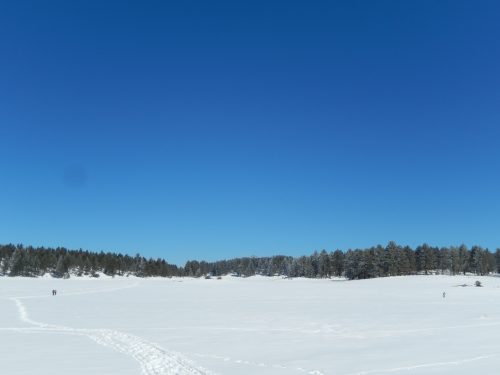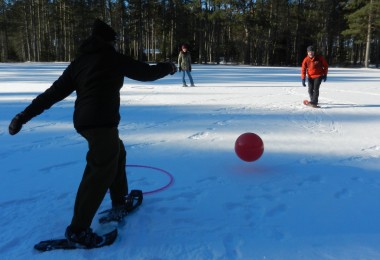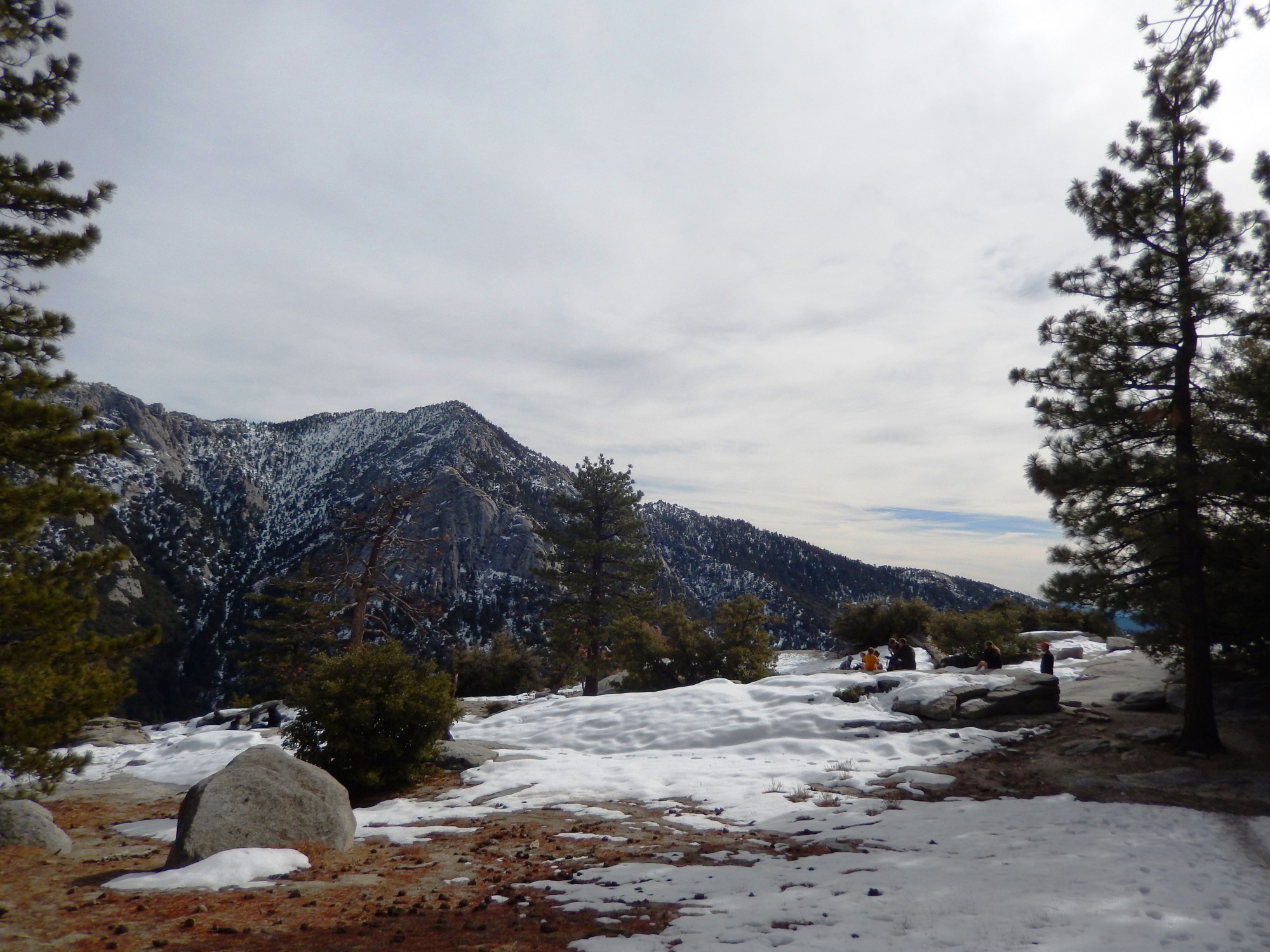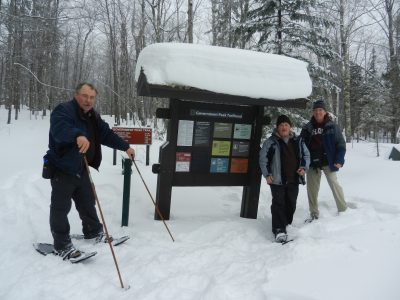Race directing can sometimes be a thankless job, with all of the hours of planning leading up to it, the early morning course set-up, crazy busy race day, and then dealing with follow-ups and issues after the fact. So many people have run in races, but I expect many aren’t sure of all the work that goes into actually making it happen.
Sara and I just finished race directing the Sydenham Fall 8km trail run this last weekend. It’s not a snowshoe race, but with the crazy weather we had the day before, had it been a couple of degrees colder, snowshoes might have been needed. While we really have enjoyed seeing this race grow to over 230 runners in the past 4 years, we sometimes forget about how much work is involved and how all-encompassing it is. Just looking back through my files, I noticed how time consuming race directing is by the 500 emails that I’ve responded to over the past few months, in addition to many hours on the phone and in meetings.
Planning a race starts several months in advance with setting up online registration and securing sponsors for the event. We have been very fortunate in that we have gotten a great deal of support from the local businesses in the area, in addition to some large companies, including most notably La Sportiva for providing a number of trail shoes to be handed out to some lucky participants on race day.
Ordering supplies and race shirts is also a stressful part of putting on a race. We wanted to offer tech fabric shirts this year. The problem though was that we had to order them far in advance from a company in Montana, so wouldn’t be able to guess the final size breakdown needed for race day unless we ordered a large surplus of shirts. We got around this by offering tech shirts to runners who registered up to six weeks before the race, then offered cotton race shirts for those who registered up to one week in advance, as the cotton shirts could be purchased locally. Race shirts are always a big deal to runners, in addition to being great advertising for our race, so we wanted to make sure that everyone who wanted a shirt got one.
The final few weeks were a blur. Stressing about the shirts, weather, course, timing, and food and basically worrying about any other thing that could potentially go wrong, had us awake a number of times at 4:00 in the morning trying to sort out all of the logistics in our heads.
Race day finally arrived and we were very fortunate to have perfect weather. Torrential rain had stopped from the day before and by some miracle the trail had drained well and the footing was good. After an early morning, the course was set up, registration had gone smoothly and the gun was about to go off. This is the part I always like; the simple act of actually ‘running’ the race. Well, I didn’t get to actually run the race, but I was the lead bike and had a good view of how the race played out which I always enjoy. We had a great field of runners ranging from those who had represented Canada at international races to recreational runners who were competing in their first race. It was great to see each of them giving it their best at our race and finish with such determination.
It’s very interesting reflecting on a race afterwards. You always think of all the little things you could have done to make it a better race, but in reality we were very pleased with how things went. I can’t tell you how nice it is to hear from fellow runners afterwards how much they enjoyed the event and plan to return next year. It makes all the hard work worthwhile.
So, with the first snowshoe races of the season just around the corner, now is a good time to remind folks to make a point of thanking the race director after your next race for all the hard work they’ve put into organizing it. It only takes a few moments and is sure to put a smile on their face. It certain has with us as we’re already looking forward to next year.
Derrick





